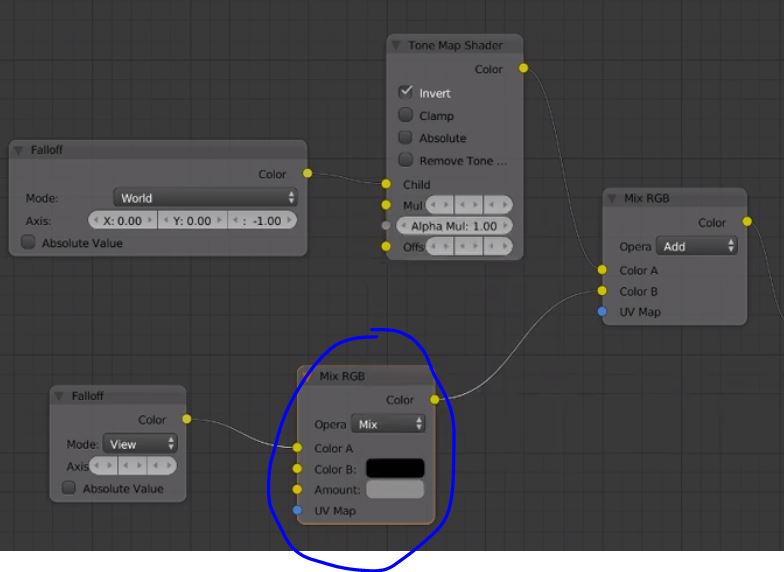In this video I go over method of creating dust in Corona Renderer for Blender.
It follows a few main steps which i’ll go over below, but feel free to watch the video too.
Here is a screenshot of the final node setup too
- Firstly the idea is to create a Falloff node which is set to world and -1. This will mean that you’ll only see the dust on the top surface of the object
- Next you’ll need another Falloff node, but this one is set to view. This means you’ll only see dust which looking at the object at a higher angle.
- Then mix these two falloff nodes together with a MixRGB, set it to Add.
- Finally this section into a Tone Map Shader and invert it.
- Next you’ll need a dust image and Multiply this image with the previously made Tone Map Shader, into a MixRGB. Use this free one below 🙂
Now you have created the main dust shader, but there is one final step.
- Next make your Dust material which is only a completely diffuse white material.
- Put that into the Corona Layered material, along with whichever other material you want. In this case I just have a simple slightly glossy plastic as the Main material.
A slight modification you may want to make, is to make more of the dust visible when looked at directly by the camera. Because currently you can only see it on the higher angles. To do this:
- add a MixRGB onto the Falloff shader which is set to “View”. Set the second value as full black, and then use Amount colour picker to choose how much of the output from the MixRGB is going to be full black, or the Falloff shader.
- Below I used a half grey colour in the Amount section, which basically meant the output is halfway between Black and my Falloff Shader.
I would absolutely love to hear your thoughts! If you have any more unique shaders you need help with then do let me know!
If anything sounds hard to follow, let me know and i’ll edit it for you.





$\begingroup$ @meed96 Dust particles = Volumetrics. Just tiny microscopic ones that cannot be seen as individual dots. For the bigger dust where you can see individual particles use the particle system with icospheres. Its best to mix both. You can also ask Gleb for his setup if he wishes to share. $\endgroup$ Jaroslav Jerryno Novotny May 5 ’15 at 7:24 density of volume scattering will determine the amount of microscopic dust particles that create light rays
Hey,
Sorry I’m not 100% sure what you’re trying to say. What you’re trying to do with particle systems seems like a different method to me only creating dusting in material nodes which would be a more efficient way in some cases.
But not sure how or why I’d use volumetrics in this way :S